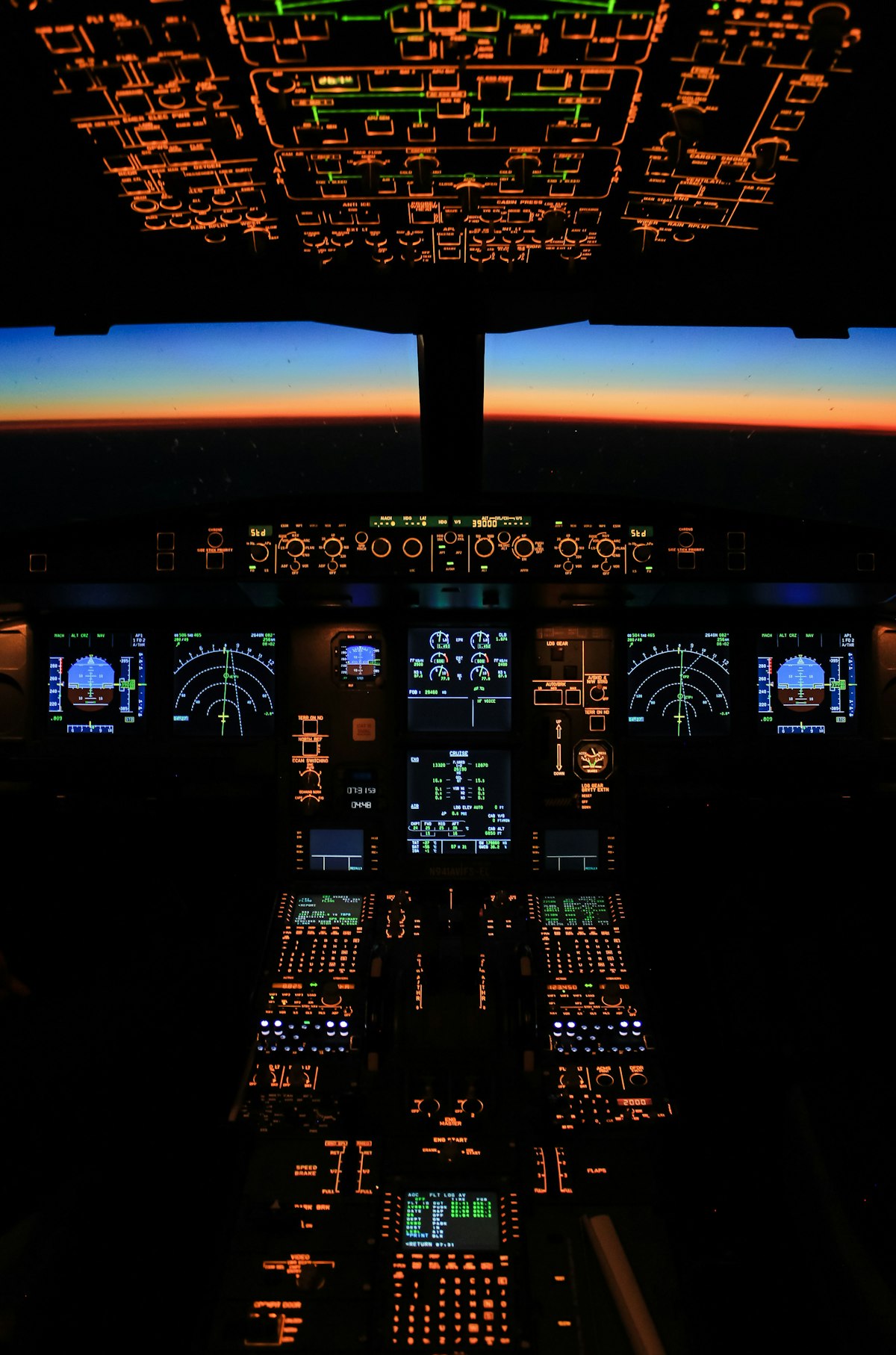Mission Computer: Revolutionizing Automation and Control
Mission Computer: Revolutionizing Automation and Control
Mission computers are integral to advanced automated systems. They serve as the backbone of many critical operations across various industries. Their primary role is to manage and process data from multiple sources, ensuring smooth and efficient execution of tasks.

Types of Mission Computers
There are several types of mission computers, each designed for specific applications:
- Aerospace: These mission computers handle navigation, communication, and weapon systems in aircraft.
- Maritime: Used in ships and submarines, focusing on navigation, sonar, and combat systems.
- Ground Vehicles: Found in military and commercial vehicles, managing everything from engine control to advanced battlefield management systems.
- Space Exploration: Critical for spacecraft, ensuring safe navigation, communication with Earth, and data collection from space missions.
Components of a Mission Computer
A mission computer is made up of several key components:
- Processor: The central processing unit (CPU) manages all operations. High-performance processors are crucial for real-time processing.
- Memory: Random Access Memory (RAM) is used for temporary data storage and retrieval, while Read-Only Memory (ROM) stores critical, unchangeable data.
- Input/Output (I/O) Interfaces: These interfaces allow communication with other systems and sensors.
- Power Supply: Ensures a stable power source for the entire system.
- Cooling System: Prevents overheating and maintains optimal operating temperatures.
Functions and Capabilities
Mission computers are responsible for numerous functions:
- Data Processing: They collect and process vast amounts of data from sensors and other inputs.
- Real-Time Decision Making: They make quick decisions based on the processed data.
- System Integration: They integrate various subsystems to work cohesively.
- Control: They provide control commands to other systems.
- Communication: They ensure seamless communication between different systems and operators.
Applications
Mission computers have diverse applications across industries:
- Defense: Integral for modern warfare, handling everything from logistics to combat operations.
- Aviation: Airlines use them to improve navigation, communication, and flight safety.
- Space Exploration: NASA and other space agencies rely on them for mission-critical tasks.
- Maritime: Used in modern ships for navigation, communication, and operational efficiency.
- Automotive: Advanced driver-assistance systems (ADAS) and autonomous vehicles depend on them.
Technological Advancements
Modern mission computers leverage cutting-edge technologies:
- Artificial Intelligence (AI): Enhances decision-making and predictive analysis.
- Machine Learning (ML): Improves systems over time through data pattern recognition.
- Internet of Things (IoT): Facilitates connectivity between various systems and sensors.
- Cybersecurity: Protects against potential threats and ensures data integrity.
- Blockchain: Ensures secure and transparent data management.
Key Manufacturers
Several companies specialize in mission computer systems:
- BAE Systems: Provides advanced aerospace and defense systems.
- Northrop Grumman: Known for innovative aviation and military technologies.
- Honeywell: A leader in aerospace systems and automation control solutions.
- Thales: Offers comprehensive solutions for aerospace, transportation, and defense.
- Rockwell Collins: Specializes in communication and avionics systems.
Challenges and Future Directions
Despite their advancements, mission computers face several challenges:
- Complexity: Increasing complexity requires more sophisticated software and hardware solutions.
- Reliability: Mission-critical applications demand high reliability and minimal downtime.
- Security: Cyber threats necessitate robust cybersecurity measures.
- Cost: Development and maintenance can be expensive.
- Interoperability: Ensuring seamless integration with different systems and platforms.
The future of mission computers looks promising with continued integration of AI, IoT, and other advanced technologies. Efforts to improve reliability, reduce costs, and enhance security are ongoing. The increasing need for automation and control will keep driving demand for these systems.
Recommended Aviation Gear
David Clark H10-13.4 Aviation Headset – $376.95
The industry standard for aviation headsets.
Pilots Handbook of Aeronautical Knowledge – $25.42
Essential FAA handbook for every pilot.
As an Amazon Associate, we earn from qualifying purchases.




Subscribe for Updates
Get the latest articles delivered to your inbox.
We respect your privacy. Unsubscribe anytime.